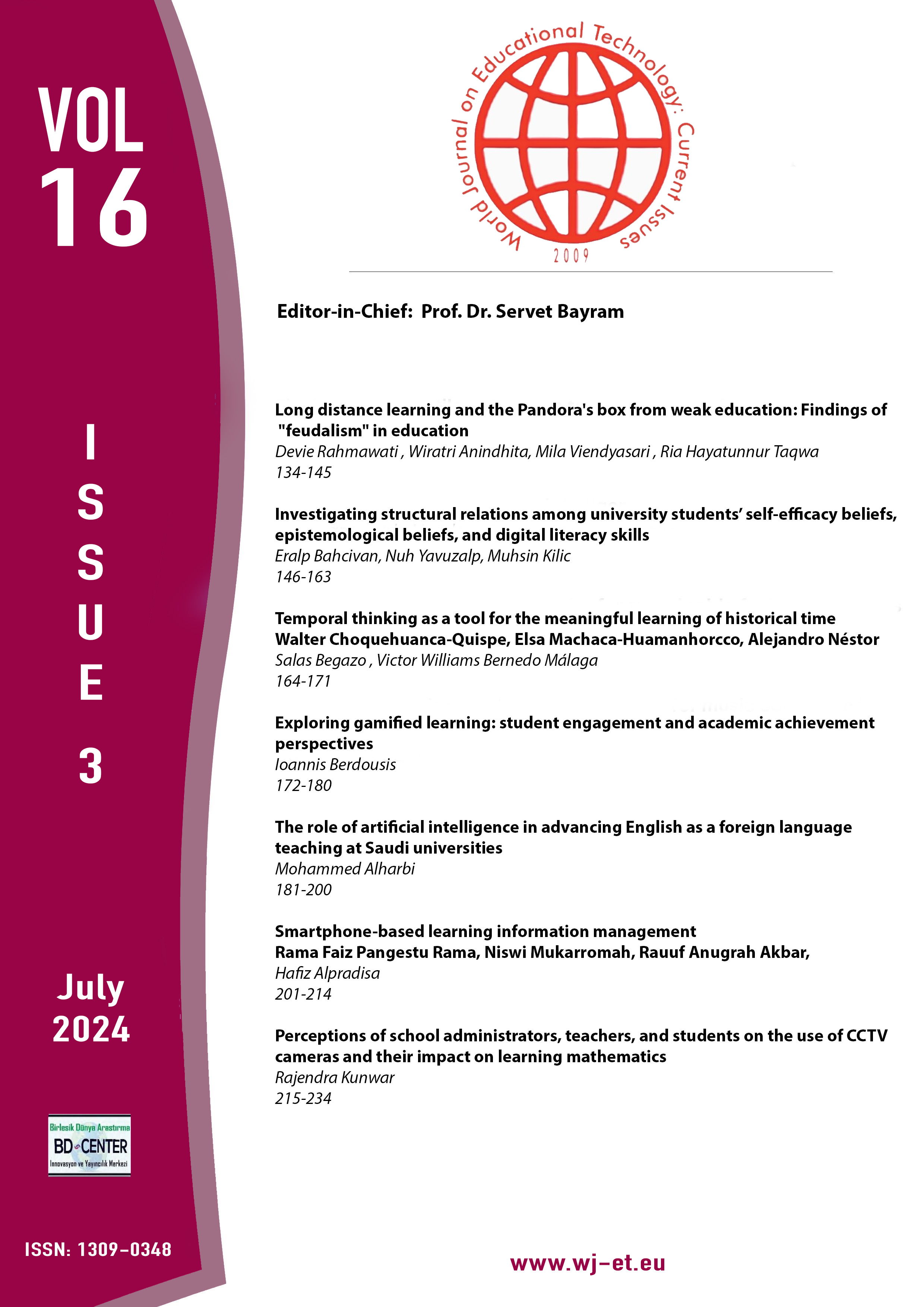Perceptions of school administrators, teachers, and students on the use of CCTV cameras and their impact on learning mathematics
Main Article Content
Abstract
The use of CCTV cameras has been increasing in educational settings due to their potential benefits in enhancing security, monitoring student behavior, and promoting a conducive learning environment. This study aims to explore the perceptions of administrators, teachers, and students regarding the use of CCTV cameras in schools and their impact on learning mathematics. The study adopts a mixed-method approach, incorporating semi-structured interviews and observations to examine the presence of CCTV cameras and their influence on classroom dynamics and behaviors in teaching and learning mathematics. Semi-structured interviews were conducted with school administrators, teachers, and students from six schools in Nepal. The analysis of the data revealed five main themes: individual privacy, autonomy and trust, school context and learning environment, discipline and safety measures, and school management system, along with limitations and constraints. These themes encompassed discussions on the potential benefits of CCTV cameras in promoting discipline, safety, and classroom management, as well as concerns related to privacy, autonomy, trust, student motivation, engagement, critical thinking skills, and classroom dynamics. The findings provide valuable insights for policymakers, school administrators, and educators to make informed decisions and develop appropriate guidelines for the responsible integration of CCTV cameras in educational settings.
Keywords: Administrators; CCTV cameras; learning environment; mathematics; monitoring; perceptions; students; teachers.
Downloads
Article Details

This work is licensed under a Creative Commons Attribution 4.0 International License.
World Journal on Educational Technology: Current Issues is an Open Access Journal. The copyright holder is the author/s. Licensee Birlesik Dunya Yenilik Arastirma ve Yayincilik Merkezi, North Nicosia, Cyprus. All articles can be downloaded free of charge. Articles published in the Journal are Open-Access articles distributed under CC-BY license [Attribution 4.0 International (CC BY 4.0)].
Birlesik Dunya Yenilik Arastirma ve Yayincilik Merkezi (BD-Center)is a gold open-access publisher. At the point of publication, all articles from our portfolio of journals are immediately and permanently accessible online free of charge. BD-Center articles are published under the CC-BY license [Attribution 4.0 International (CC BY 4.0)], which permits unrestricted use, distribution, and reproduction in any medium, provided the original authors and the source are credited.
